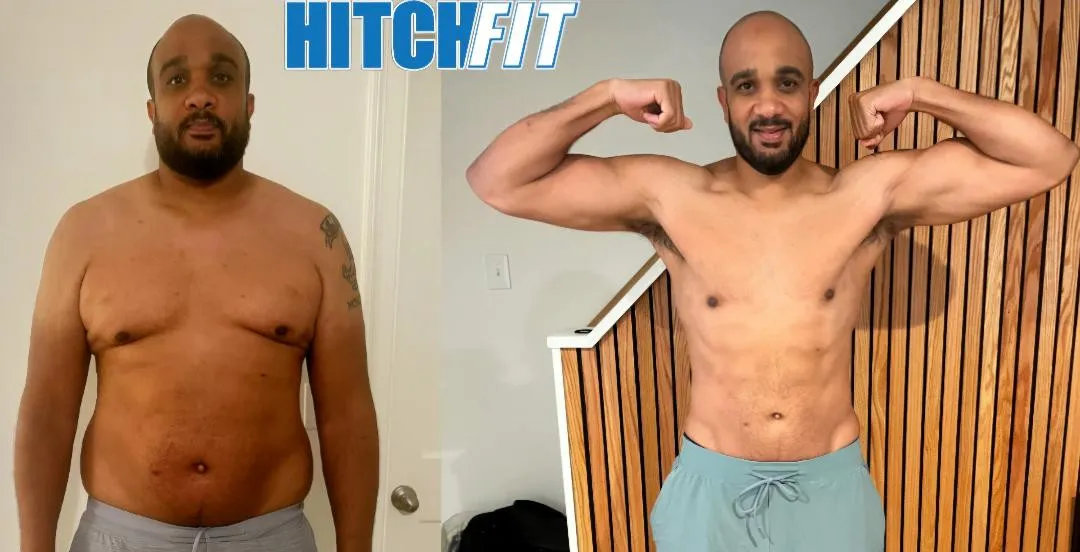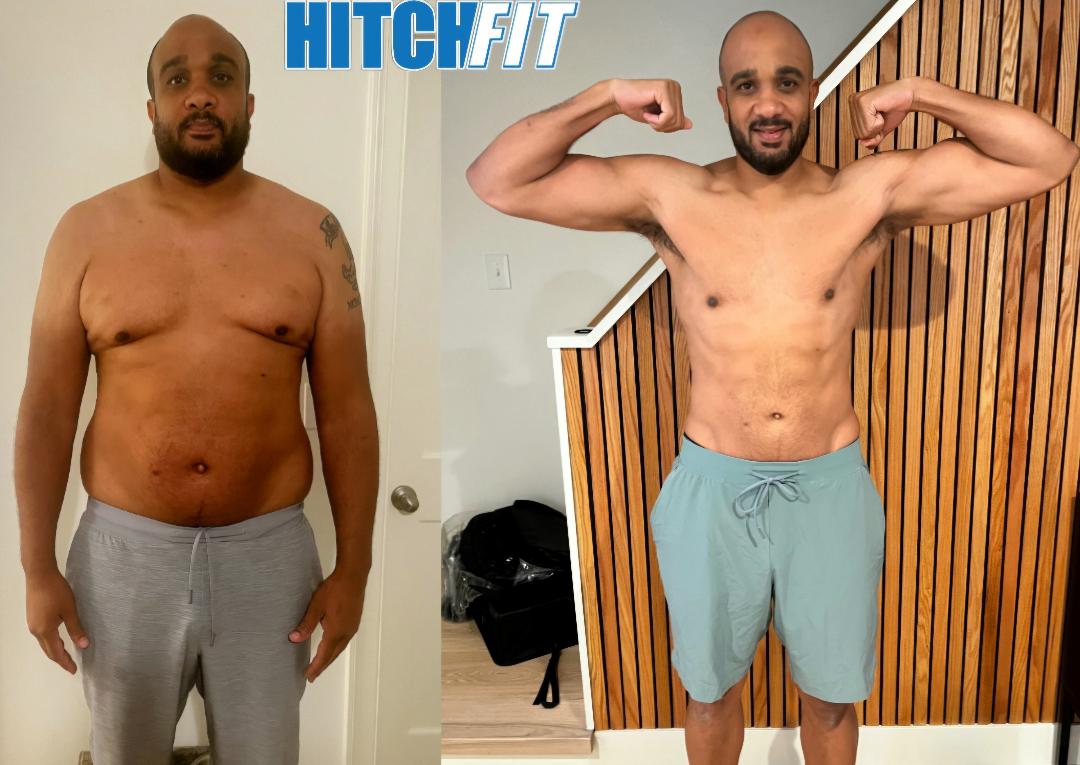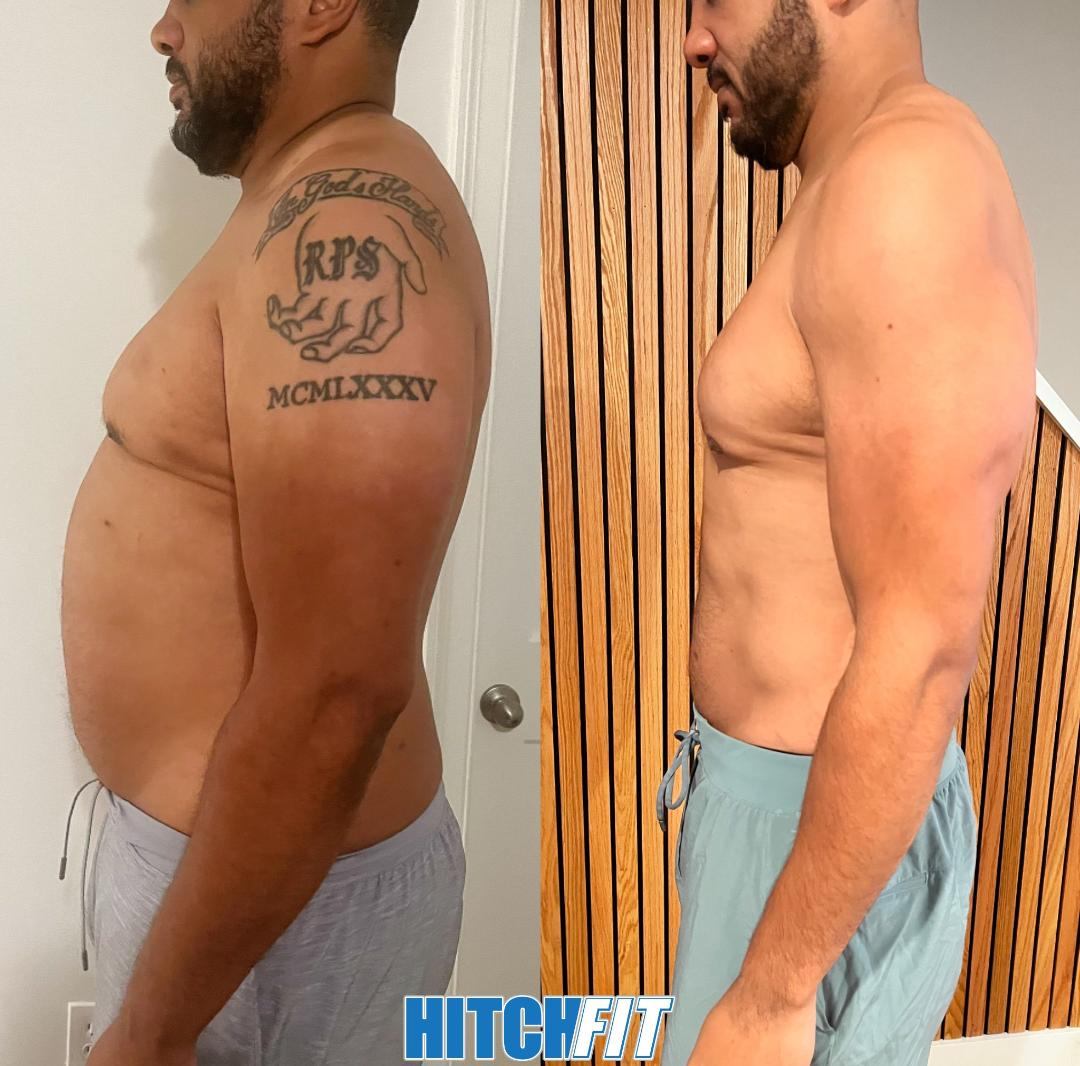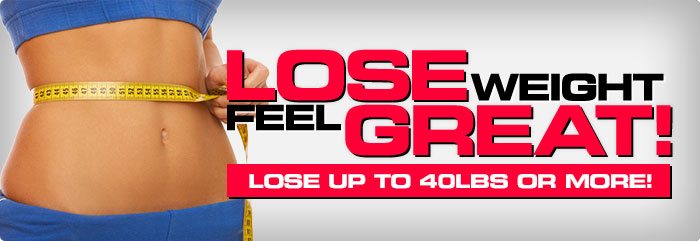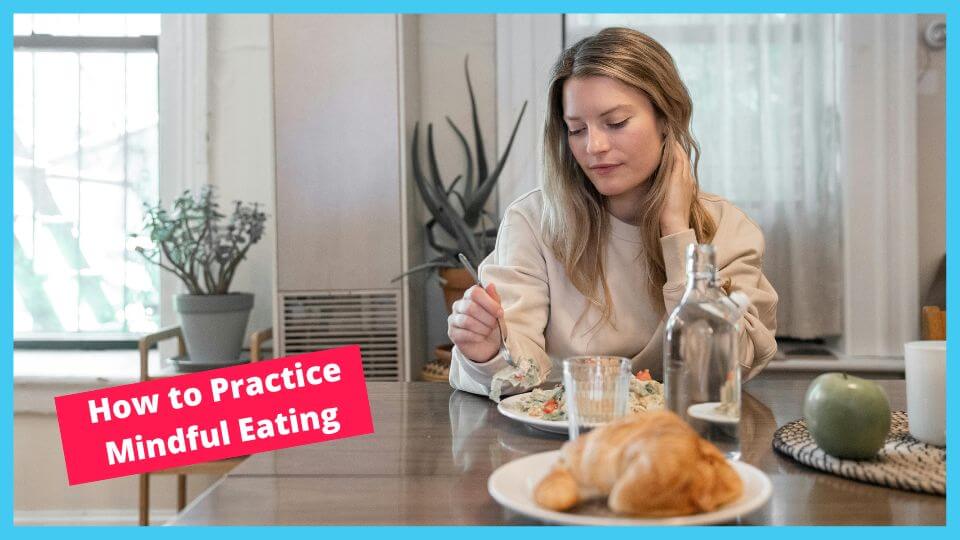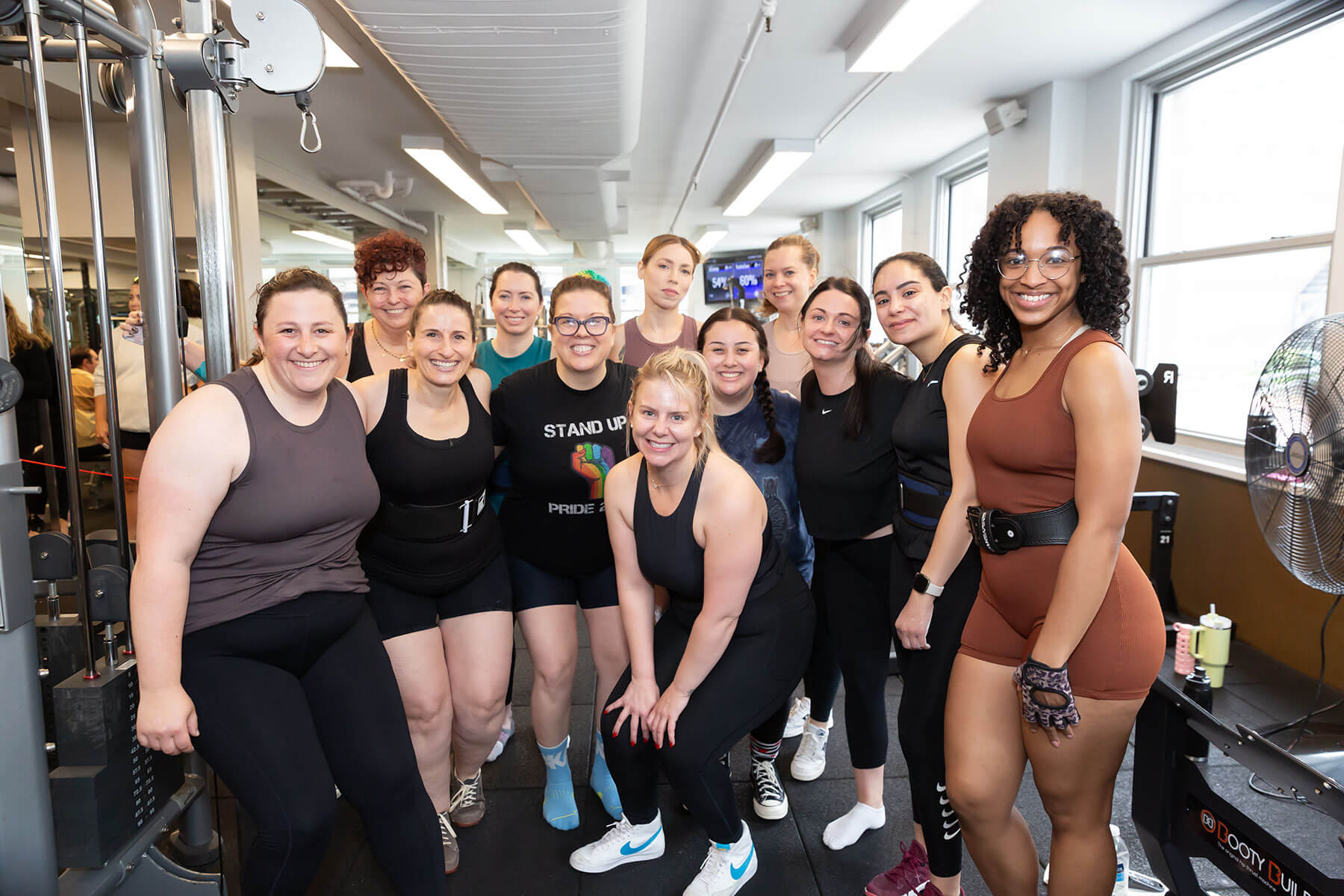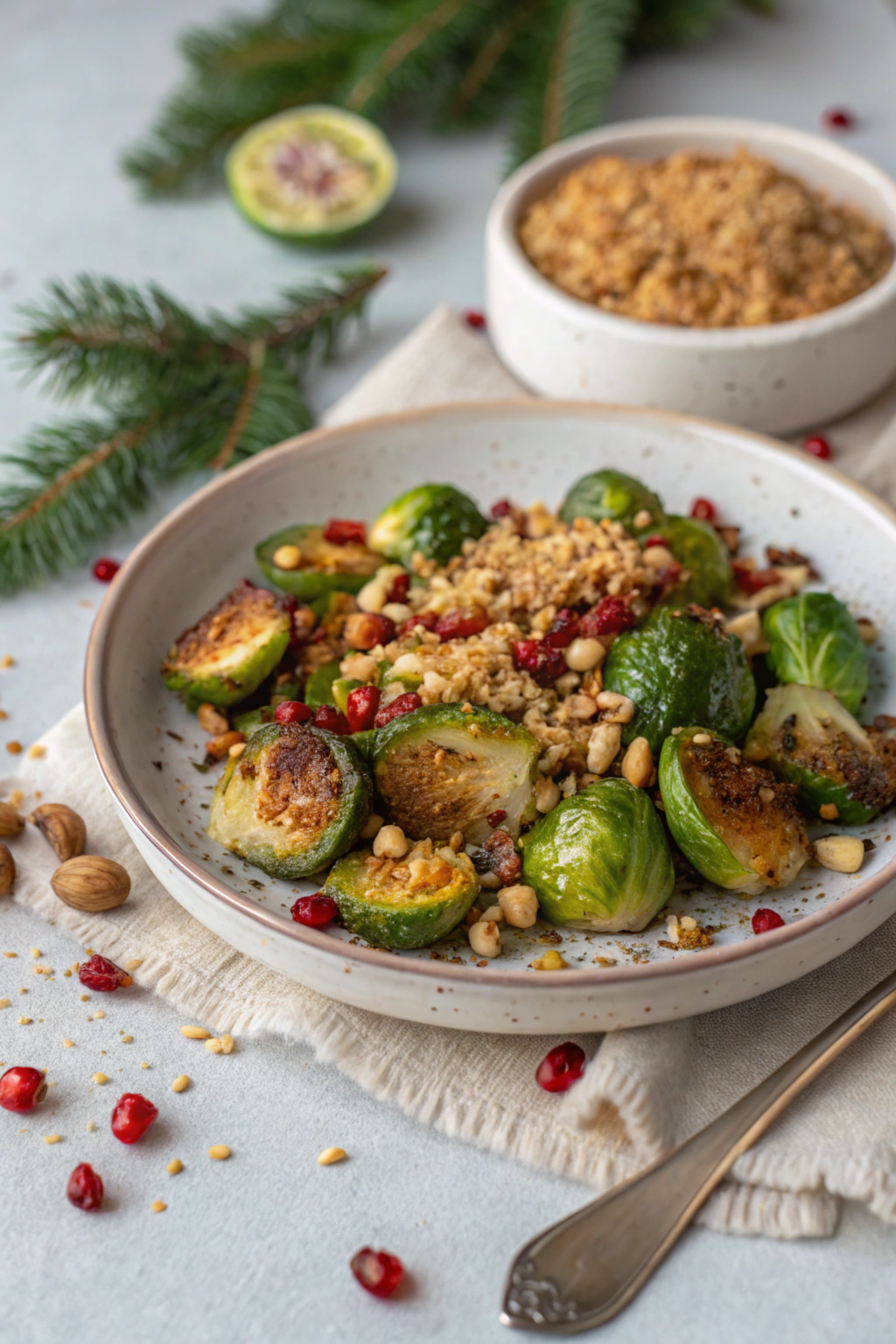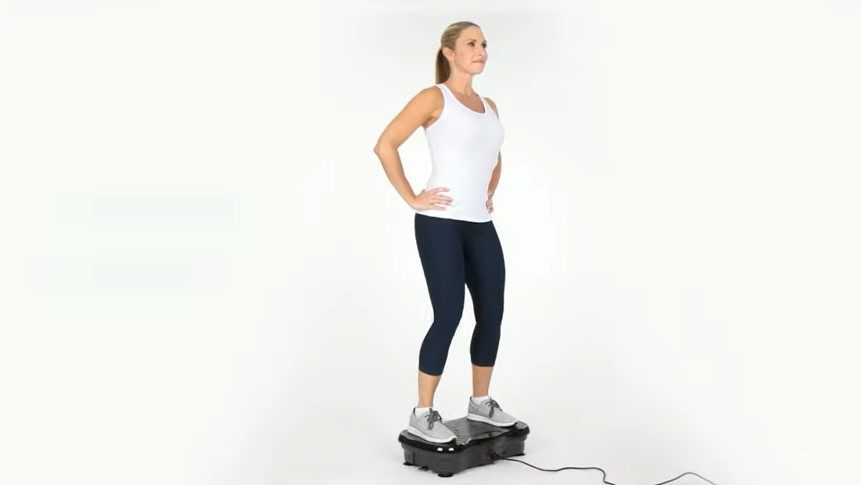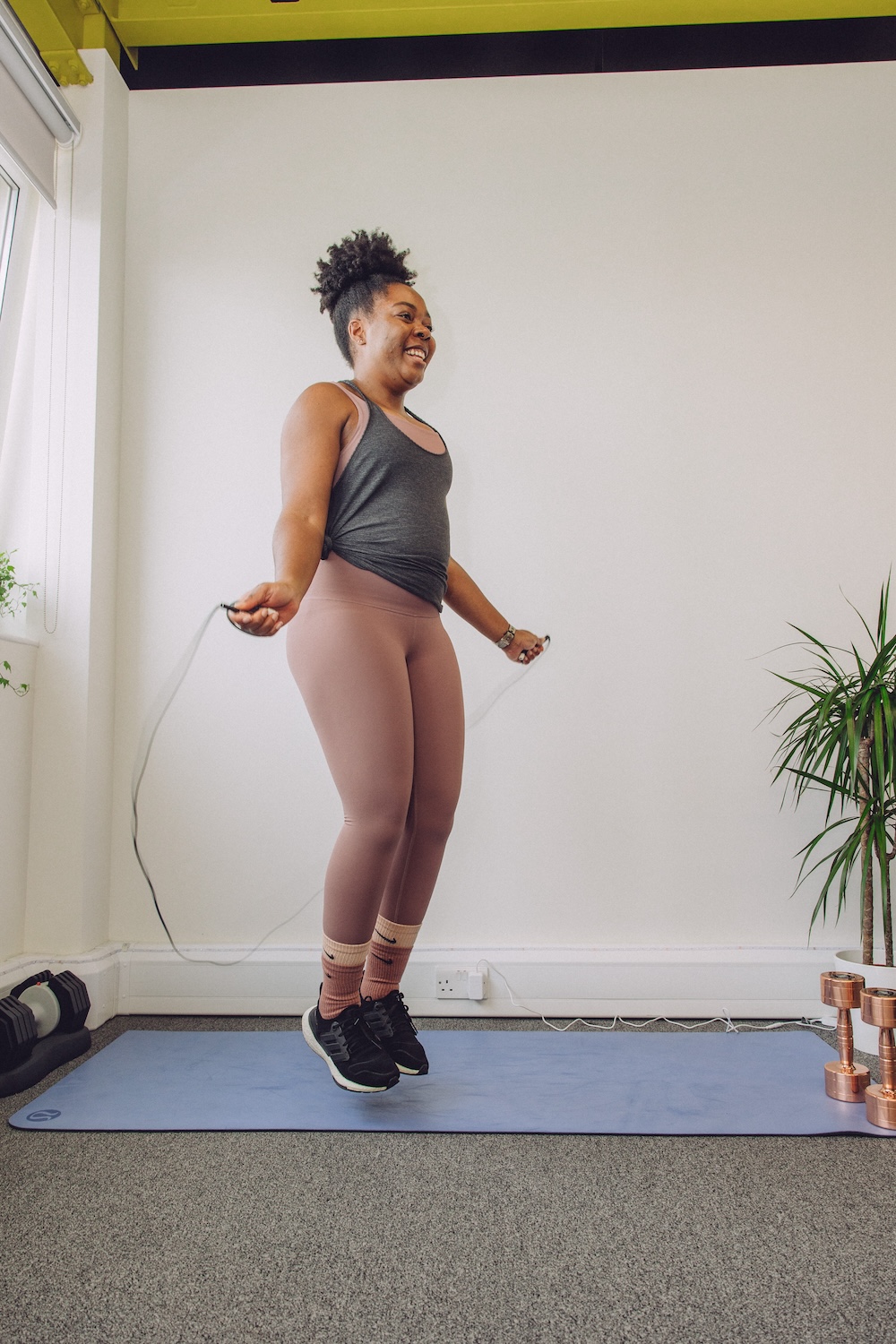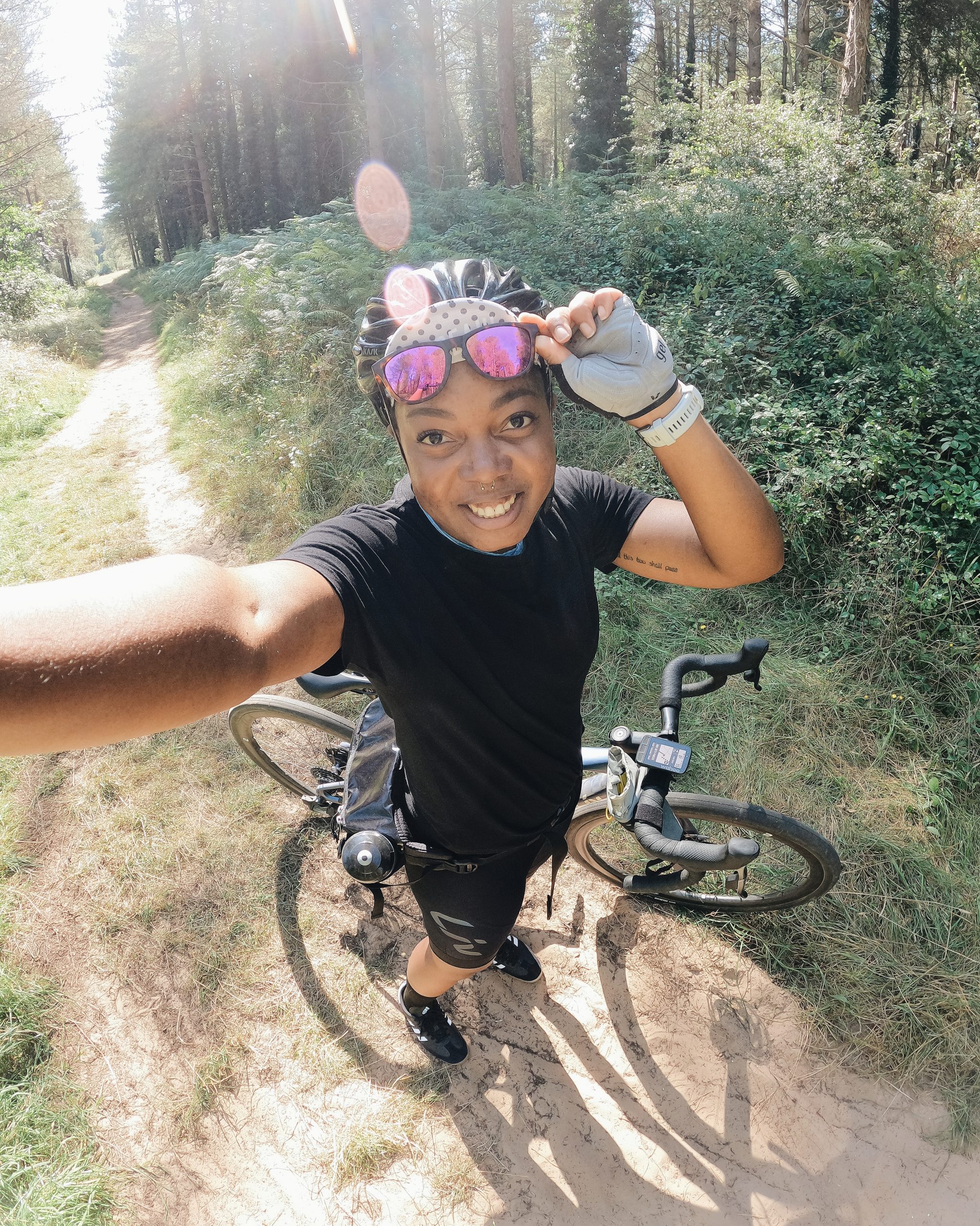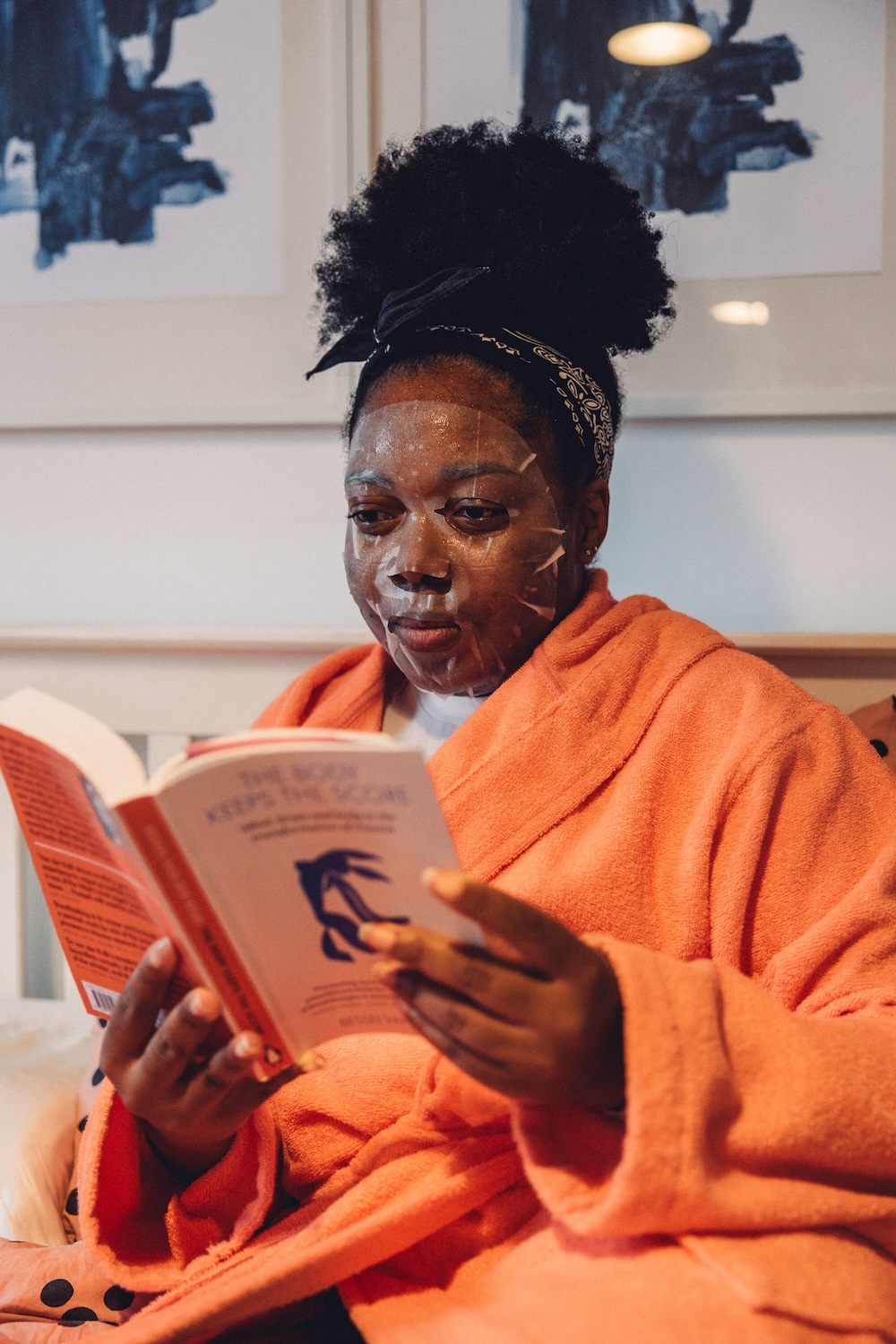Written By Page Lauer • 4 min read
People spend hundreds and sometimes thousands of dollars a year on diet and exercise programs, only to abandon them later without success. They begin with high hopes and worthwhile goals—but too often end with frustration and lackluster results. It’s really tricky, because the marketing for diet and exercise programs is so convincing, that we find ourselves jumping on the bandwagon.
However, do we really consider if the program is best for us and whether it’s sustainable? In this complex web of ever-changing nutritional guidelines, along with new programs trending every month, what’s best and how do we decide?
While there are many programs out there, there are important questions that can point you in the right direction. Perhaps let these six questions be a type of health compass, when considering any new diet or exercise program. Above all, you want to meet yourself where you are so you are set up for success.
Here’s how to find what works:
Is the health program sustainable as a lifestyle?
The best program for you is the one you can stick to and fits into your life. Health practices can’t be a temporary add-on or some kind of sprint. It just doesn’t work. Time and time again, I see people lose all gains once the diet or exercise program ends. We want to start asking ourselves what we can truly stick to, so it sticks with us! When choosing a health program, the science is clear–ditch the diets and go with what you can sustain.
Does the health program work with your brain and body?
So often, we choose programs that have nothing to do with our dietary needs or physical abilities. In other words, we choose exercise programs regardless of our actual level of conditioning or readiness. Or, we go on 1,000-calorie diets, even though we know they backfire with insatiable hunger. This is basic human physiology, not willpower. Most of us won’t stick with something that’s more related to an outcome than to our own body. Pick a program that meets your body where it’s at and doesn’t deprive your brain of needed fuel.
Does the health program allow time for learning and mastery, or is it an unrealistically short time that promises huge results?
The other day on TV, I counted 19 programs or infomercials promising all our health dreams in 21 days or less. For example, “10 Days to a Better Butt” or “Lose 21 Pounds in 21 Days,” and so on. Such reckless marketing is about making money, not about making us healthier. If we know anything about human behaviors, it’s that we learn gradually and in stages. Methods that promise drastic results in short time spans end up taking us off the health path. Choose a program that sets you up for success with adequate time and tools!
Is the health program balanced?
For example, with nutrition, we know that people do best when eating a balance of complex carbs, healthy fats, and lean proteins. This combination at meals triggers fullness and also provides the nutrients for sustained energy. Similarly, with exercise, we know people do best when they warm up, target major muscle groups, then do cardio and/or strength training, and end with a cool down. We also know people do better when exercising a little each day versus an overwhelming amount in one day. For any lasting program, balance is key. When you choose your health program, make sensible choices.
Is the health program reasonably science-backed?
When considering any program, make sure it has been tested and verified. You don’t want to be the guinea pig nor do something that could potentially be harmful. Also, remember that you have more options than the latest trending diet. Truly solid and effective health routines have been researched and approved–like the Mediterranean diet for example. Don’t believe everything marketers broadcast. For any program you are considering, look at reviews as well as the evidence. You’ll be glad you did!
Does it rely heavily on supplements, pills, or powders? Or is it reasonably based on real food and real exercise?
While supplements can be helpful, they are not the heart of any program. Make sure any program you choose is not overly reliant on artificial substances taking the place of the real thing. And, make sure they support your overall health. So often, these products have tunnel vision–like being solely aimed at weight loss, for example. They ignore important aspects of health such as the nutrients your brain needs or the energy needed to function well. Make sure any pills or powders you choose support your overall health.
Final Thoughts
There are a lot of programs out there promising success. The good news is—you have options! Choose a program that is doable, evidence-based, and fits with your lifestyle. Remember, the right diet or exercise program for you is the one you can stick to! Curious if your current program is truly right for you? Schedule a session with me today and get expert guidance to ensure you’re on the path to success!
Page Lauer, LMFT, CEDS
PFC Director of Behavioral Health

